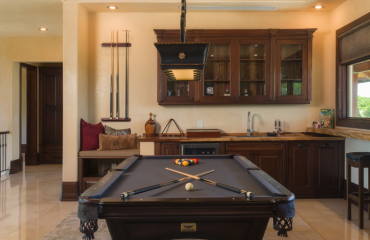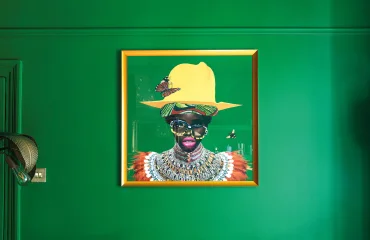Up on the Catwalk: The Great Crossover Between Art and Fashion
Ever since Elsa Schiaparelli and Salvador Dalí’s famous lobster dress, fashion designers and artists have pooled their creativity—Luxury Defined takes a look at art and fashion’s enduring love affair















